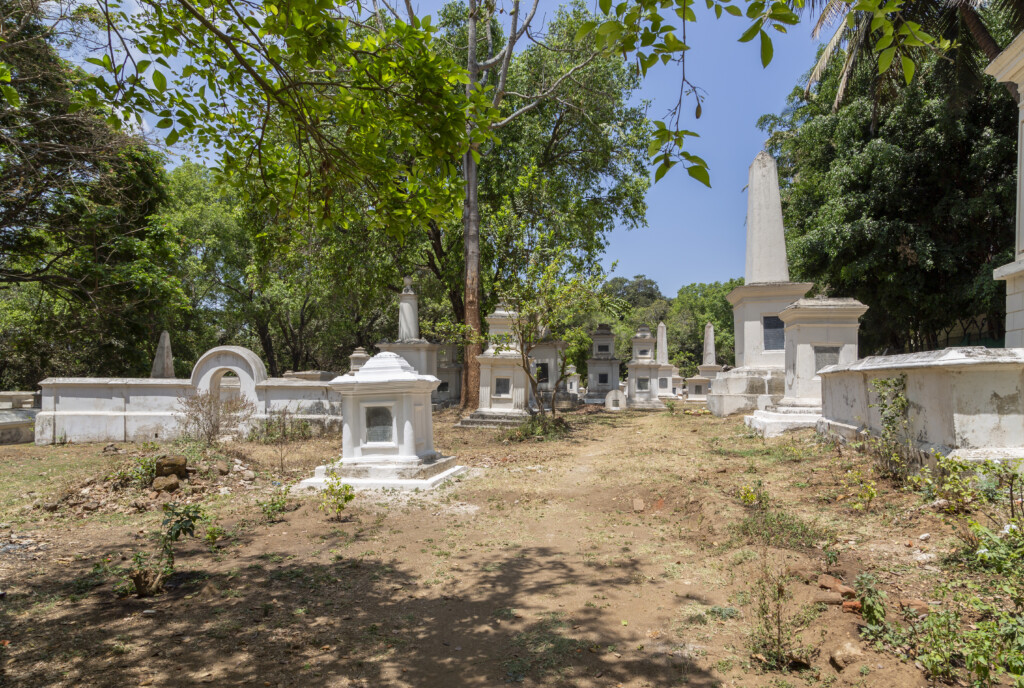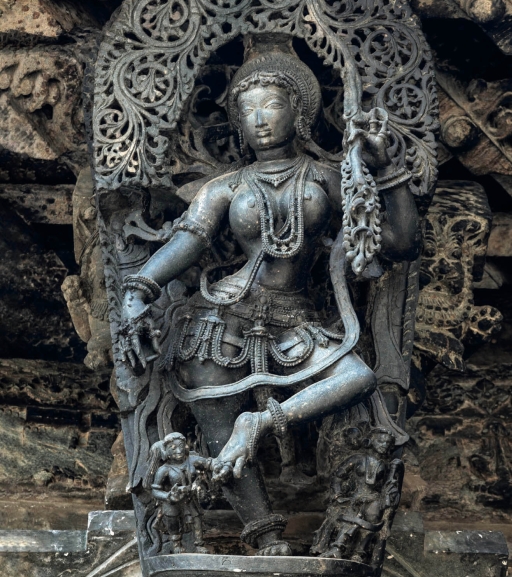The Regiment de Meuron, 1781-1816

The de Meuron family may be most commonly associated with a Swiss heritage, but in its illustrious past is in fact a connection to the Deccan, where the Regiment de Meuron played a pivotal role in the war for control of Mysuru.
The regiment had been established in 1781 by Charles-Daniel de Meuron (1738-1806), who hailed from Neuchâtel, in present-day Switzerland. He was known not only for his military skills but also his intellectual pursuits, especially in natural history. Soon after its foundation, the regiment was awarded a contract with the Dutch East India Company (VOC) to protect the VOC’s various colonial outposts. Thus the regiment served first in Cape Town, South Africa and then Sri Lanka. This arrangement remained in place until 1795, when the VOC ports in Sri Lanka and India passed to the British, and the de Meuron regiment became part of the British East India Company (EIC) and the British army.
The regiment then transferred to India where several of its companies were seconded to locations throughout present-day Tamil Nadu. These companies would be reunited in February 1799 under the command of EIC Colonel J.-C. Sherbrooke as they, along with hundreds of other troops, converged on the city of Srirangapatna and massed there by the beginning of April.
Why Srirangapatna? This was the famed capital of Tipu Sultan, the sovereign of Mysuru, and the ultimate prize in the series of wars, dating back to 1767, that the EIC had waged against the Mysuru rulers. Both sides had claimed victory in their previous clashes but in this final siege, centred around Srirangapatna, Tipu Sultan would be killed and his dynasty extinguished. The siege began on April 5 when the British, their Indian regiments, and their allies (including the de Meuron regiment and forces supplied by the Marathas and Nizam Ali Khan of Hyderabad) camped outside the fortified city. It ended a month later with Tipu Sultan’s death.
During this time, ten de Meuron companies under Charles-Daniel were involved in the siege with an understanding that they would receive the same payment as the British regiments. Indeed, the spoils from the final assault on 4th May 1799 amounted to one million British pounds. But there were losses: sixty-eight officers and soldiers from the regiment perished during the Mysuru campaign, and were buried in place on the battlefield. Those who died following the 1799 siege were buried in the Garrison Cemetery; before the regiment left India in 1806, a further ten soldiers and their family members would be buried there. Thanks to a grant in 2007, the tombs at the Garrison Cemetery were restored and whitewashed, and the work has been refreshed more recently as well. These monuments survive as testaments to a unique and historic military partnership dating back more than two hundred years.
This and other significant sites in both Srirangapatna and Mysore are surveyed in a DHF guidebook co-authored by George Michell, slated for publication in the Fall of 2023 and soon to be available in both paperback and digital format for instant download from the DHF Bookstore.

